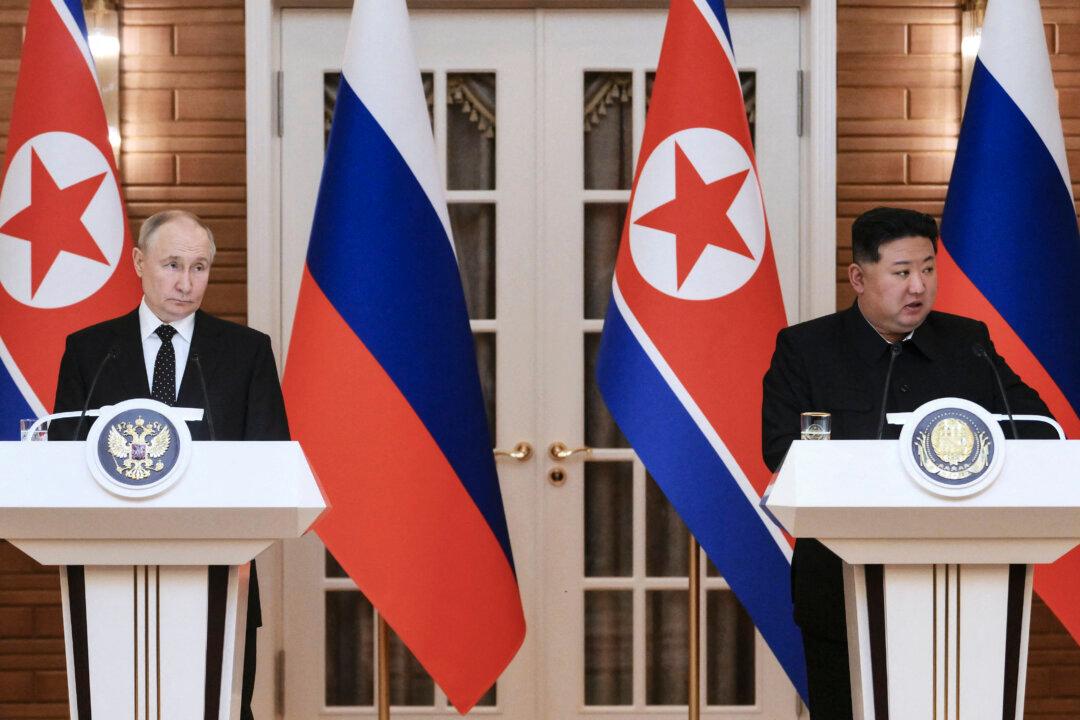Commentary
Considerable hand-wringing occurred in Washington; Seoul, South Korea; and other capitals over the June 19, 2024, reaffirmation of the Moscow–Pyongyang mutual defense agreement.

Considerable hand-wringing occurred in Washington; Seoul, South Korea; and other capitals over the June 19, 2024, reaffirmation of the Moscow–Pyongyang mutual defense agreement.